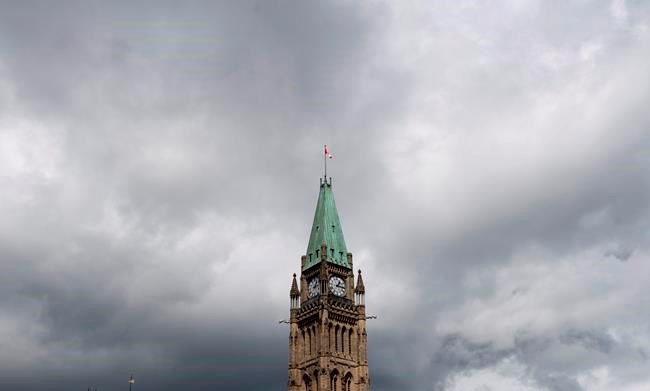OTTAWA — The federal government ran a deficit of $120.4 billion during the first three months of its 2020-2021 fiscal year as the treasury pumped out aid to cushion the impact of the COVID-19 pandemic.
The result compared with a deficit of $85 million for the same period in the 2019-2020 fiscal year.
In its monthly fiscal monitor, the Finance Department says program expenses for the three-month period of April to June hit almost $167.9 billion, an increase of about $90.3 billion from the same period a year earlier.
Much of that bump in spending was a result of emergency aid programs the Liberals rolled out as businesses shuttered and workers were laid off, furloughed or had their hours slashed.
Major transfers to persons — which consists this fiscal year of seniors benefits, employment insurance payments, the Canada Emergency Response Benefit, and children's benefits — increased by 193.5 per cent year-over-year, hitting almost $70.6 billion.
Also adding to spending costs was the government's wage subsidy program, which the fiscal monitor says cost almost $22.8 billion for the first quarter of the fiscal year.
Revenues for the period totalled $52.4 billion, were down $32 billion or 37.9 per cent compared with the same period last year, primarily as a result of the government deferring tax filing deadlines and collection.
Public debt charges decreased by about $2 billion, or 29.8 per cent, to $4.9 billion from $6.9 billion, largely reflecting lower consumer price index adjustments on real return bonds.
Last month, the Liberals projected a historic deficit of $343.2 billion for this fiscal year. The Finance Department says the figures through June remain consistent with that estimate.
This report by The Canadian Press was first published Aug. 28, 2020.
The Canadian Press



